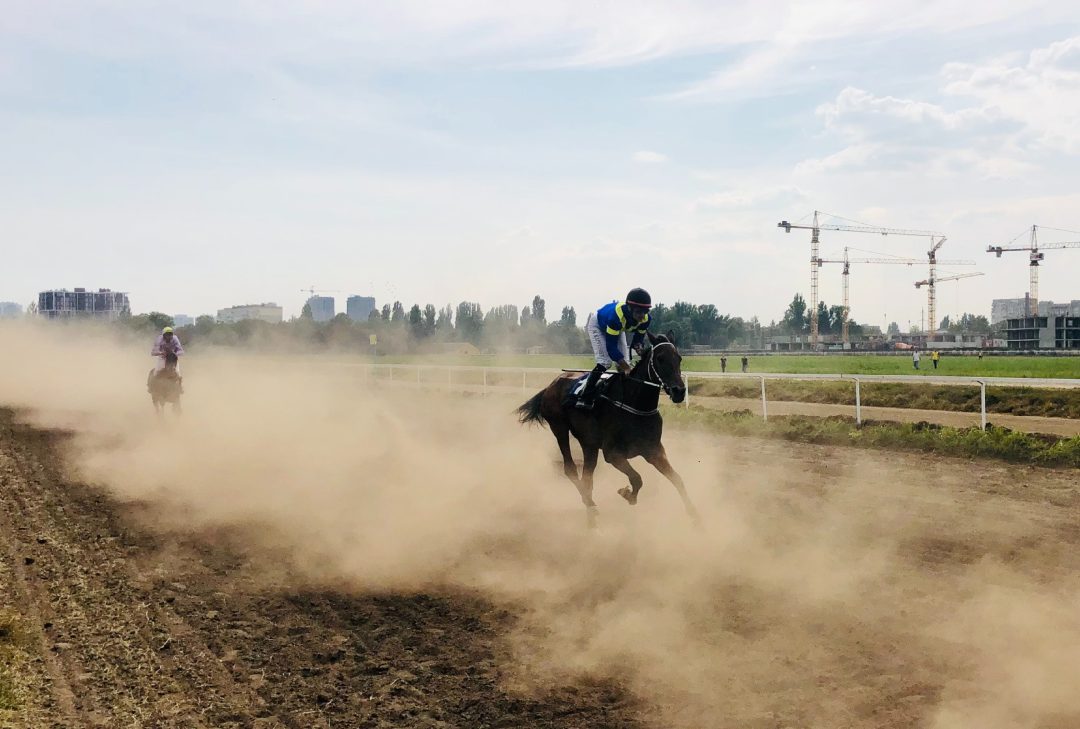

HISA Project is a French non-profit that works to conserve biodiversity and foster equestrian-friendly human-wildlife coexistence. They believe that humans and wildlife can live together harmoniously if we work together to create environments that meet the needs of both. Their holistic model harmonizes the needs of both, benefiting the equestrian community by preserving horse habitats, advocating sustainable livestock management, and emphasizing the importance of equids.
Watch What’s Trending Now!
Recently, The Horseracing Integrity and Safety Authority revealed the new United States Thoroughbred racing’s inaugural national concussion protocol. Racetracks have been directed to adopt a new protocol for jockeys, with HISA’s newly recommended protocol set to become mandatory at HISA-regulated tracks upon approval by the Federal Trade Commission (FTC).
ADVERTISEMENT
Bringing Uniformity to Safety Measures
HISA’s national concussion protocol has recently developed in collaboration with leading experts. This protocol was introduced to bring the sport in line with American sports by implementing consistent concussion management protocols. Dr. Peter Hester, who is HISA National Medical Director, underscores the significance of having established concussion procedures at every racetrack to address head injuries promptly and efficiently, prioritizing the safety and well-being of both jockeys and horses.
?In a sport like racing where athletes are at high risk for concussion, it’s crucial for every racetrack to have an established concussion protocol in place to respond to head injuries,? said HISA National Medical Director Dr. Peter Hester. ?HISA’s national protocol requires prompt and correct care and clear documentation, which are essential to ensuring jockeys have the best opportunity to make a full recovery from a concussion. To prioritize jockey health, HISA strongly encourages racetracks to adopt this protocol now to help optimize safety throughout the sport,? added Hester.
Top Stories
Update Announced on Josh Allen’s Bills Staying Near Brown University Amid Tragic Incident

Forced to Leave FOX, Cowboys Legend Troy Aikman Says ESPN Is Like ‘U.S. Government’ & Clearly Distinguishes the Two Networks

Michigan Football Receives Disappointing Kenny Dillingham News on Saturday

2025 Vic PGA Championship: Prize Money, Winner’s Payout & More Explored

Army vs Navy: Why is U.S. President Donald Trump Attending the Game?

$250M Michigan Booster Reveals More to Sherrone Moore Saga After Paige Shiver Confirms Police Visit

The newly introduced protocol places a strong emphasis on the comprehensive documentation of concussion cases and the utilization of the HEADCHECK digital concussion management platform. This digital tool is intended to provide a structured and efficient means of tracking and managing concussions among jockeys, with the aim of ensuring that these injuries are identified and addressed in a timely and consistent manner.
ADVERTISEMENT

ADVERTISEMENT
HISA has taken a proactive approach in promoting the adoption of this national protocol not only by jockeys but also by their families as well. This commitment underscores HISA’s dedication to enhancing the safety and well-being of everyone involved in thoroughbred racing.
HISA is committed to collaboration with racetracks and has taken proactive steps to educate medical staff and riders on the essential aspects. This concerted effort aims to create awareness and provide comprehensive guidance to individuals involved in thoroughbred racing. By doing so, HISA is actively contributing to the overarching goal of enhancing the safety and security of everyone participating in the sport. HISA has recently put forth proposals for new measures within the broader equestrian community.
ADVERTISEMENT
A Safer future for horse racing
The Horseracing Integrity and Safety Authority (HISA) is seeking to extend the stand-down period for horses receiving intra-articular corticosteroid injections in the fetlock from 14 to 30 days before they can race. HISA CEO Lisa Lazarus explained that this change, part of their racetrack safety program, is currently under consideration by the Federal Trade Commission (FTC).
Read More: Horse Racing Authorities Float Rule Change on Fetlock Injections In Recent Update
ADVERTISEMENT
California had already implemented a 30-day rule for prohibiting steroid fetlock injections before HISA’s nationwide regulations came into effect. Lazarus emphasized that a longer stand-down period is a crucial measure for protecting the well-being of horses in the racing industry.
Watch This Story:?Top 10 Moments of Olympic Sporting Spirit
ADVERTISEMENT
ADVERTISEMENT
ADVERTISEMENT

